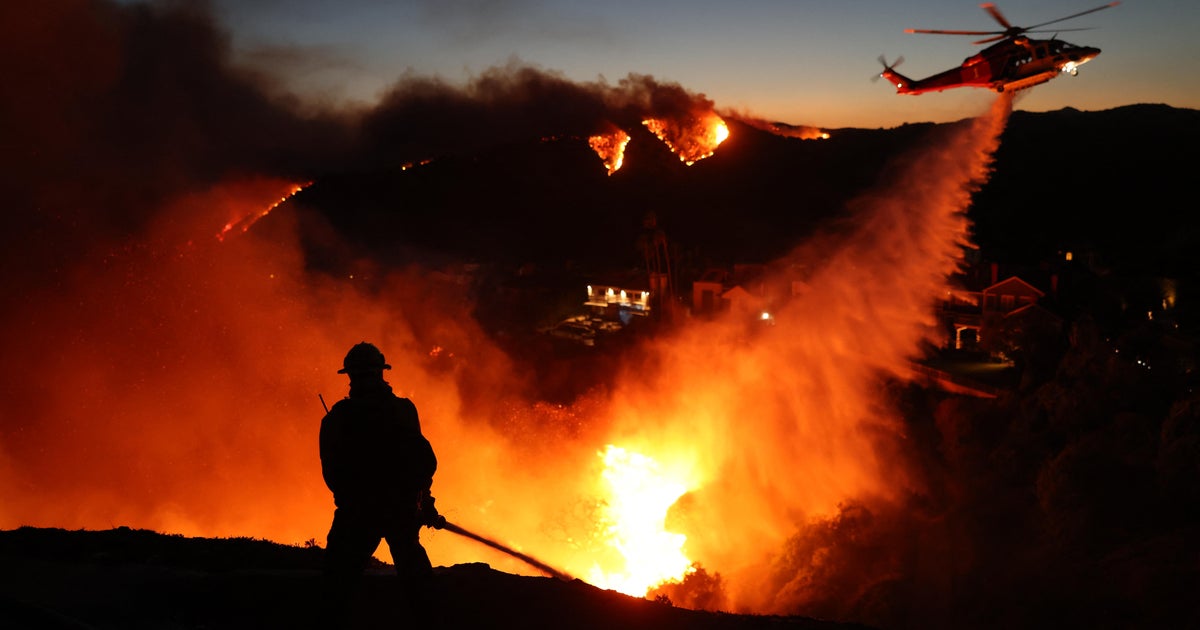Human burial grounds and bullets from Spanish guns uncovered at site of last Mayan stronghold in Guatemala
Ceramics, human burial grounds and bullets from Spanish guns are among artifacts that have been uncovered by archaeologists in Guatemala at the site of the last Mayan city to resist European conquest, officials said Friday.
The new excavation project began last June in an effort to understand more about the Tayasal outpost where Mayan inhabitants first settled in 900 BC during their Preclassic period, the archeologist in charge of the dig told AFP.
Tayasal was the last Mayan city to yield to the Spanish conquest in 1697, a century after Europeans entered the western highlands of what is now Guatemala, Suarlin Cordova said.
"More than 100 years passed in which the northern part of Guatemala was totally outside of Spanish rule, and this happened mainly because the jungle functioned as a natural border that made the arrival of the Spaniards to these places very difficult," Cordova said.
In 1525, Tayasal was also part of the route used by Spanish conquistador Hernan Cortes on his journey to present-day Honduras.
Most of the buildings at the Tayasal site are buried under earth and vegetation inside a seven-square-kilometer area near Lake Peten Itza.
Among partially exposed structures at the site is a 30-meter-high acropolis that according to research functioned as the residence of the ruling elite.
Also visible is a water well used since pre-Hispanic times.
One of the objectives of the project is to enhance the site so tourists can better "appreciate" the vast region's Mayan archaeological value, said Jenny Barrios from Guatemala's Ministry of Culture and Sports.
The Maya civilization reached its height between 250 and 900 AD in what is present-day southern Mexico and Guatemala, as well as parts of Belize, El Salvador and Honduras.
In 2018, archaeologists used high-tech mapping technology to virtually unearth a massive network of Mayan ruins hidden for centuries in the thick jungles of Guatemala, CBS News' David Begnaud reported.
The uncovered landscape included previously unknown cities and more than 60,000 interconnected structures including houses, farms, highways and even pyramids. Scientists and archaeologists discovered the ancient ruins by shooting lasers down from a plane to penetrate the dense jungle canopy.
Previous assessments estimated just 1 or 2 million people lived in the Maya lowlands. But researchers now believe as many as 20 million people may have lived there.





